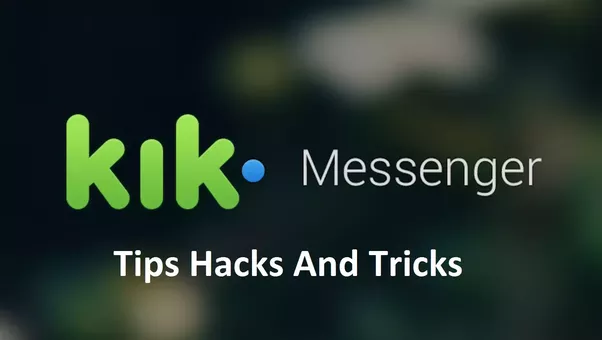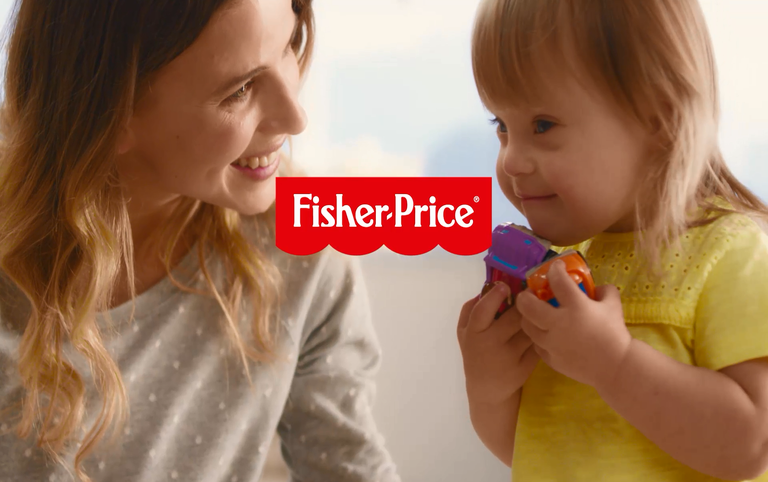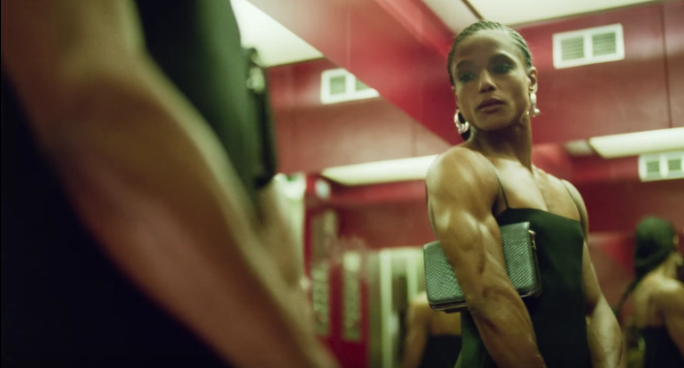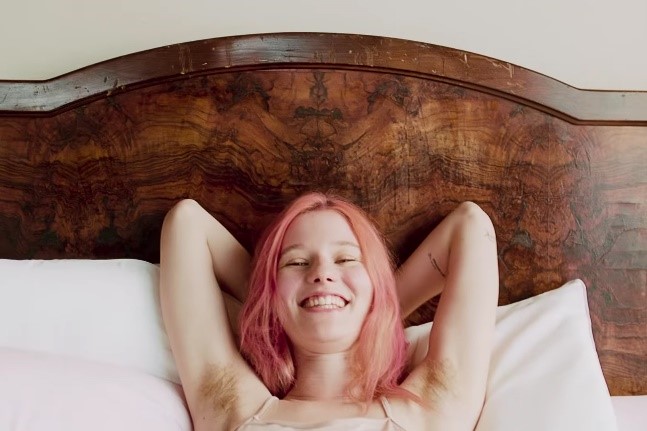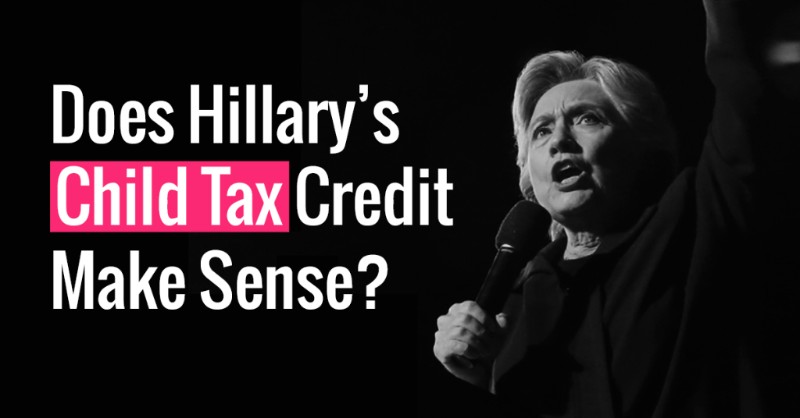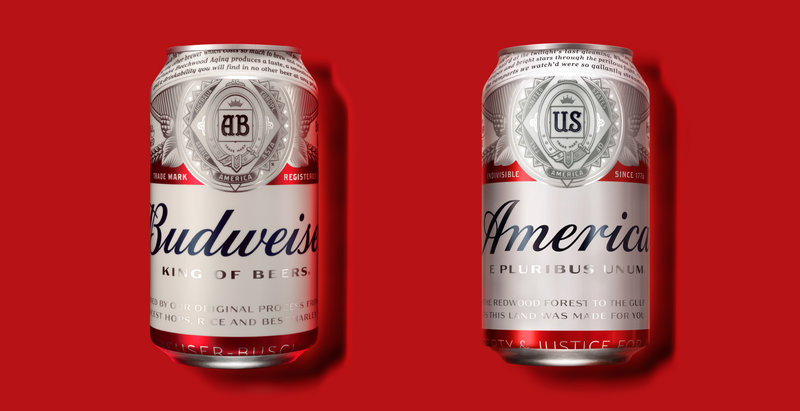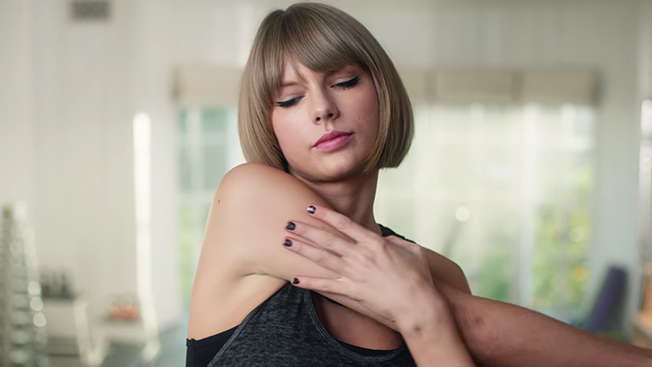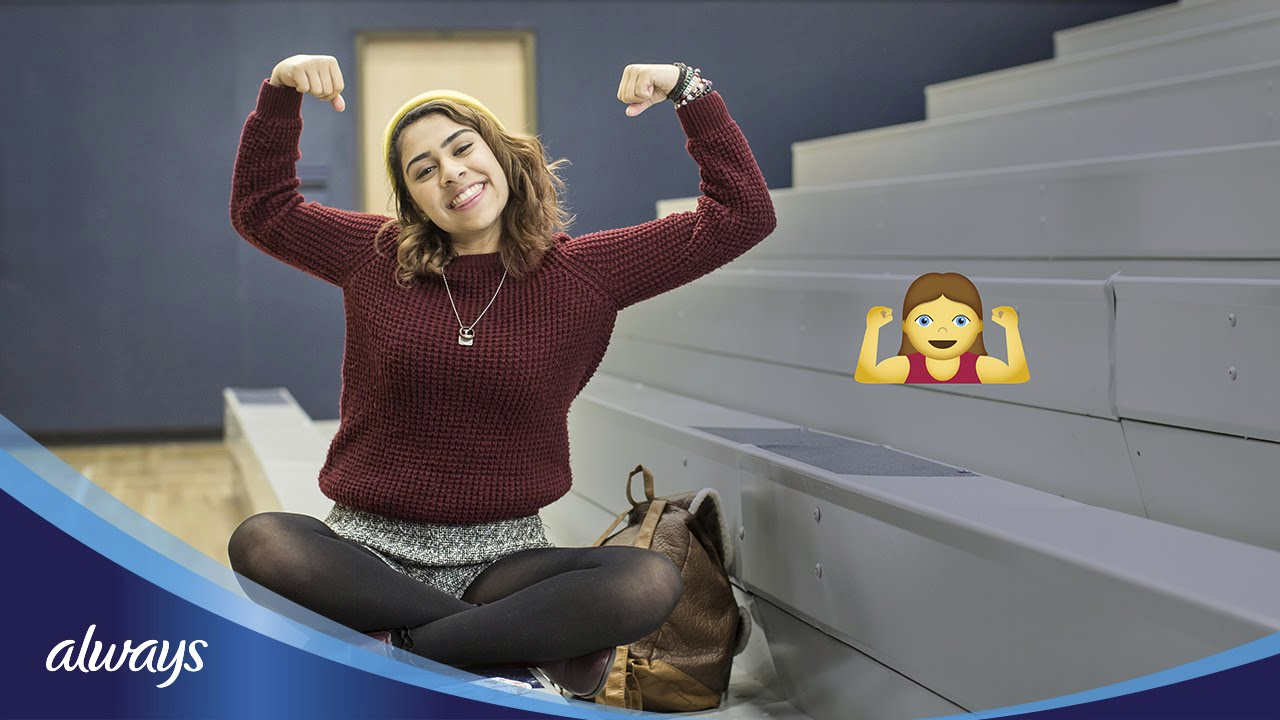He’s the man you know and love despite his questionable life choices. He’s charming, smart and witty (not to mention incredibly handsome). He’s Don Draper and he’s back. No, the popular TV drama surrounding a New York ad agency set in the 1960s is not coming out with new episodes, unfortunately. But, AT&T Audience Network will be showing all seven seasons of the critically acclaimed series starting June 12th.

AT&T Audience Network is available to the subscribers of DirecTV, DirecTV Now and U-verse. Audience Network is the first network to have attained Mad Men’s off-network rights. The show is going to air commercial free with occasional marathons on Saturdays. Chris Long, the head of the network, explains that they have seen a major boost in their viewership because they are commercial free. He also said this gives viewers the opportunity to catch up on a show that they may not have seen without interruption or if you’re like me, an opportunity to re-watch one of the greatest TV shows ever created and swoon over Don Draper. In addition to Mad Men, Audience Network will also be airing Weeds after attaining the off-network rights for that show as well.
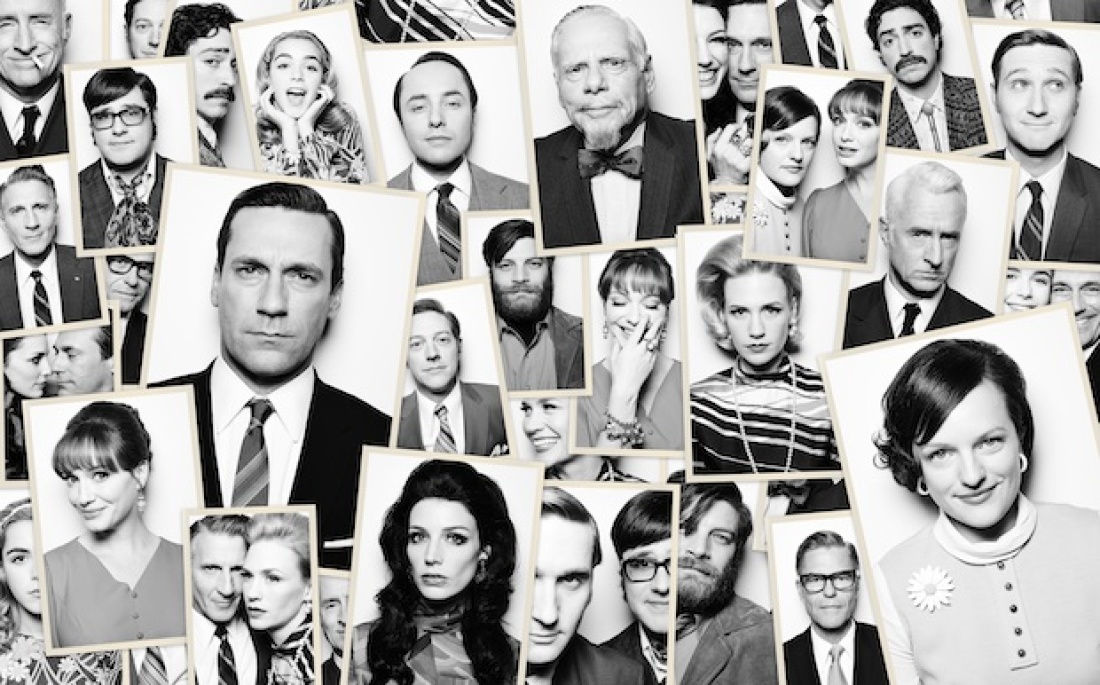
GROUP – Mad Men _ Season 7, Gallery – Photo Credit: Frank Ockenfels 3/AMC
Tune in June 12th to watch Don Draper and all of our other favorite ad execs on AT&T Audience Network!
Read more on Ad Week.

